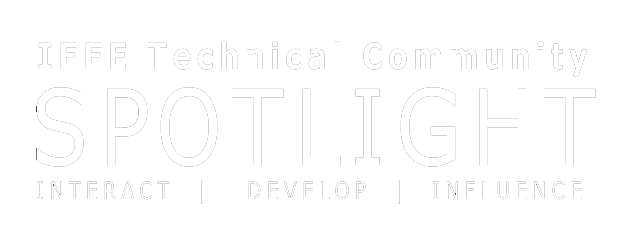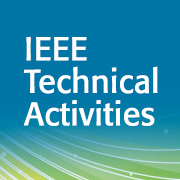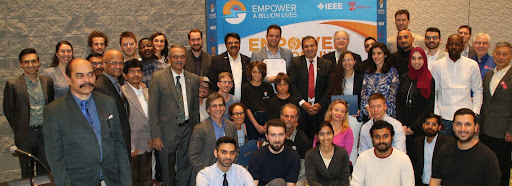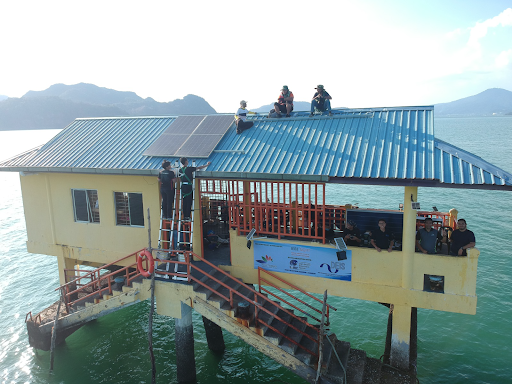 Implementation, sustainability, scale, cost. These are some of the issues facing global healthcare. To address these issues, students at Cornell University use engineering and entrepreneurial concepts to make innovative and low-cost medical devices for developing countries.
Implementation, sustainability, scale, cost. These are some of the issues facing global healthcare. To address these issues, students at Cornell University use engineering and entrepreneurial concepts to make innovative and low-cost medical devices for developing countries.
“When it comes to addressing the growing healthcare needs of the developing world, there is one repeated tactic that most governments follow: pump massive amounts of resources into temporarily relief efforts. There are clear flaws in this approach. We need to look at global healthcare issues from an engineer’s perspective, problem-solving. Thoughts that arise from this perspective include: How can we make our solution sustainable? How can we build methods and systems to solve systemic disease or prevent the outbreak of some contagion? Engineers are trained and experienced in designing solutions around questions of sustainability, scale, and affordability. We need engineers at the table when addressing healthcare issues at scale because these are the people who know what questions to ask and what solutions are applicable,” says Justin Selig, Co-President of Cornell Engineering World Health (EWH).
From idea conception, to design, to final prototyping, Cornell EWH is building devices for healthcare workers in low-resource communities.
One project is a jaundice therapy device. “The jaundice therapy project aims to improve phototherapy technology currently on the market by decreasing cost and developing a more portable, easy to use device. Jaundice occurs when a newborn has a high level of bilirubin in the blood. Bilirubin is a compound that develops during the breakdown of red blood cells. Without the use of phototherapy, an untreated case of jaundice can have grave consequences for a newborn, so ensuring the availability and proper use of a phototherapy device is of critical importance,” says Kate Schole, Co-President of Cornell EWH.
Other EWH projects include a telemedicine platform and a grain sorting device. “The goal of the telemedicine project is to establish a telecommunication platform that allows patients in remote areas to interface with physicians from a distance. The grain sorting devices aim to help millers in Kenya separate contaminated maize kernels from the food supply. Maize is a staple crop in Kenya that is heterogeneously contaminated with aflatoxin, a carcinogen that is associated with stunted growth in children. The team is developing mechanical and spectral based devices that sort and separate the maize based on physical differences that exist between healthy and contaminated kernels,” says Schole.
EWH is divided into three technical subteams (bio and structural, electrical, and CS) and a business team which often collaborate on projects. While gaining technical skills, members of the project team also gain valuable skills in project management, product design, and cross-functional collaboration.
What is the biggest barrier to implementing sustainable health care devices in developing countries? What can engineers do to overcomes these obstacles? Join the discussion on IEEE CollabratecTM.
IEEE Collabratec sign up is free using your IEEE Account.
“The engineering and entrepreneurial skills being implemented in our projects go in hand in hand with one another. The team takes into account the financial, environmental, and time constraints imposed by any project and works to develop a solution that will best fit the needs of the user. More specifically, we begin each project by considering the projected costs and ease of use of our design, as well as whether there is a real demand for the device we hope to build. We collaborate with professors, non-profit organizations, and healthcare professionals to gain further insight into the issues we hope to tackle,” says Schole.
“EWH’s business sub-team works on branding and advertising efforts and on reaching out to potential collaborators and sponsors. While our end goal is to build prototypes of our designs, we also look into how a device we develop could be optimized and manufactured on a larger scale,” says Schole.
“Admittedly, our team’s mission is lofty – producing effective, affordable medical devices is hard even for the most established engineering firms. But, because of our uniqueness in this regard, we tend to attract a lot of students looking for an unconventional engineering experience where making an impact on the world is their primary goal,” says Selig.
EWH brings together a multidisciplinary team with students in electrical, mechanical, biological, computer, and chemical engineering, as well as global health and economics.
“When I first joined the team, I was excited by the idea that students from almost every engineering discipline had come together to look for technical solutions to these complex issues. Learning to use the fundamental engineering concepts taught in our coursework to develop a tangible and applicable innovation is a critical aspect of becoming an engineer. While our classes provide an overview of ways in which engineering can be applied to healthcare, EWH allows students to be directly involved in these efforts and understand the intricacies of the design process. Students come to better appreciate how complex and nuanced issues can become when they relate to the health of an individual. They begin to realize at an early age that, with the help of other professionals involved in healthcare, ethics, finance, and others, they have the capacity to advance technologies critical to improving diagnostics and the monitoring and treatment of disease,” says Schole.
Cornell EWH was founded in 2012 by a group of undergraduates in various engineering majors. “Cornell Engineering is known for its many project teams – car teams, sustainability teams, and robotics groups among others. However, our founders noticed that there were no undergraduate project teams geared towards the medical device community,” says Selig.
“I’ve noticed that there’s become a ‘coolness factor’ which drives young engineers towards fields like wearable devices, genetic engineering, etc. I admit, this stuff is cool – it’s science fiction becoming science fact. It’s important, however, to ground ourselves in the idea that the work we do is ultimately for the benefit of our fellow man. Focused engineering effort in the healthcare industry could have an immeasurably positive impact on the world,” says Selig.
“We can already see the growing role that engineering plays in healthcare – medical IoT devices, personal genetic testing, wearables, bioengineering – it’s clear to me that all engineering fields will play an increasingly important role in our global movement to eradicate human disease. So too, will the next generation of engineers want to play a larger part in this movement. The only place I need to look is in our team’s growing applicant pool which has doubled over the course of two years. Young engineers are becoming more globally-aware, more in-tune with issues facing the world community,” says Selig.
For Schole and Selig, they ultimately believe in the altruistic impact that EWH and all engineers can have on the world.
“My hope is that from this experience, the members of our team are inspired to use the skills they have developed as undergraduates to take on more challenging healthcare issues as they move forward in their careers,” says Schole.
“As for the altruistic reader who wants to give back to the global community, your efforts are to be applauded. To this person, I offer the advice that we try to instill in our own team members: go out in the field and develop the empathy to address a problem from all angles. Plenty of well-intentioned entrepreneurs want to develop the next game-changing device, but few will do the leg-work necessary to develop a nuanced perspective on the issue itself. Perhaps the village in Kenya of a few hundred people will benefit from your medical device. But, perhaps the thousands of people in your own poverty-stricken hometown could also benefit from your engineering prowess. It’s the same mantra that we follow when considering any new project: place yourself in a position where you can realistically return the most value,” says Selig.
To find out more about The Cornell Engineering World Health chapter, visit: https://ewh.engineering.cornell.edu/





